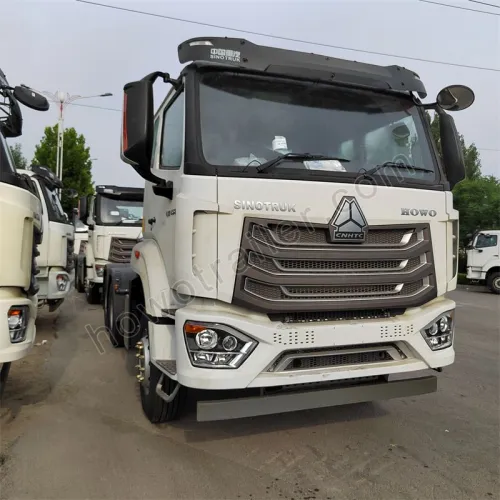Straight Truck vs Truck Tractor
In the realm of transportation, the choice between straight trucks and truck tractors is pivotal for various industries. Each vehicle type possesses unique features, advantages, and disadvantages, catering to different logistical needs. This article aims to delve into the functional characteristics, pros and cons, and performance indicators that differentiate straight trucks from truck tractors.
Functional Characteristics
Straight Trucks: Straight trucks, also known as box trucks or cube vans, are single-unit vehicles designed for transporting goods within short to medium distances. They feature a rigid frame with the cargo compartment integrated into the driver's cab. Straight trucks are renowned for their maneuverability in urban settings, making them ideal for local deliveries and navigating tight spaces.
Truck Tractors: Truck tractors, on the other hand, consist of two main components – the tractor unit and the trailer. The tractor unit, often referred to as the cab, houses the driver and the engine. This unit is responsible for hauling the trailer, which can be detached for loading and unloading. Truck tractors are typically employed for long-haul transportation, offering increased cargo capacity and fuel efficiency on highways.
Advantages and Disadvantages
Straight Trucks: Advantages:
Maneuverability: Straight trucks excel in navigating through congested urban areas, making them suitable for local deliveries.
Accessibility: Loading and unloading are simplified due to the integrated cargo compartment.
Disadvantages:
Limited Capacity: Straight trucks generally have a smaller cargo capacity compared to truck tractors.
Fuel Efficiency: In long-distance transportation, straight trucks may have lower fuel efficiency compared to specialized tractor-trailer combinations.

Truck Tractors: Advantages:
High Cargo Capacity: Truck tractors can accommodate larger loads, making them efficient for long-distance transport.
Fuel Efficiency: The separation of the tractor unit and the trailer contributes to improved fuel efficiency on highways.
Disadvantages:
Limited Maneuverability: Truck tractors are less agile in urban environments and may face challenges navigating through tight spaces.
Complex Coupling: The process of coupling and uncoupling the tractor unit and trailer requires additional time and skill.
Performance Indicators
Performance indicators play a crucial role in evaluating the efficiency and effectiveness of straight trucks and truck tractors.
Cargo Capacity: Truck tractors generally offer higher cargo capacity, making them suitable for large-scale transportation.
Maneuverability: Straight trucks outperform truck tractors in terms of maneuverability, particularly in urban areas with limited space.
Fuel Efficiency: Truck tractors tend to be more fuel-efficient on highways due to their streamlined design, while straight trucks excel in stop-and-go traffic.
Conclusion
In conclusion, the choice between straight trucks and truck tractors hinges on the specific logistical requirements of a given operation. Straight trucks shine in urban settings with their maneuverability, while truck tractors excel in long-haul scenarios with their high cargo capacity and fuel efficiency. Understanding the functional characteristics, advantages, disadvantages, and performance indicators of each vehicle type is crucial for making informed decisions in the dynamic world of transportation.



